In fact, there are many people who use cars but not necessarily understanding some basic concepts about cars such as A, B, C-pillars, minimum turning radius, wheelbase, power steering, hydraulic steering, and so on. Therefore, in this article, Philkotse.com will give car owners a basic understanding of these concepts. Let's find out.
1. A, B, C and D-pillar on cars
A, B, C or D-pillars on the car are parts of the chassis that are vertical or almost vertical, helping separate and fixate glass sheets.
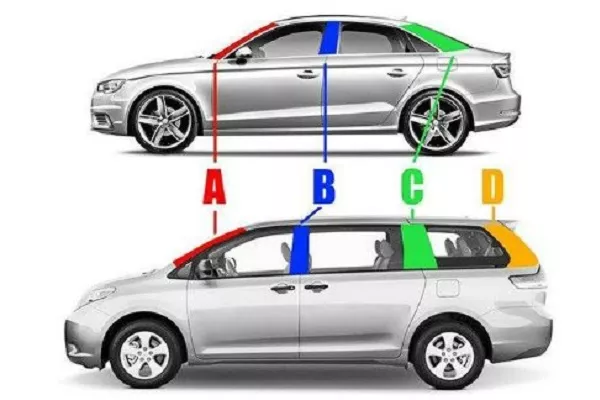
A, B, C and D-pillar on cars
A-pillar is the one keeping the windscreen and the side glass of the driver's seat. The similar function applies to the rest of the pillars. Automotive experts say the design of these pillars is important because they not only form the general shape, but also directly affect blind spots when driving.
2. Minimum turning radius
When the driver sets the car in dead steer position and then makes the car move, it will draw a circle and the radius of the circle is the minimum turning radius (based on the outer side of the tire). So, why is it called "minimal"? It's because if the driver does not set the steering wheel at maximum, the circle will be bigger.
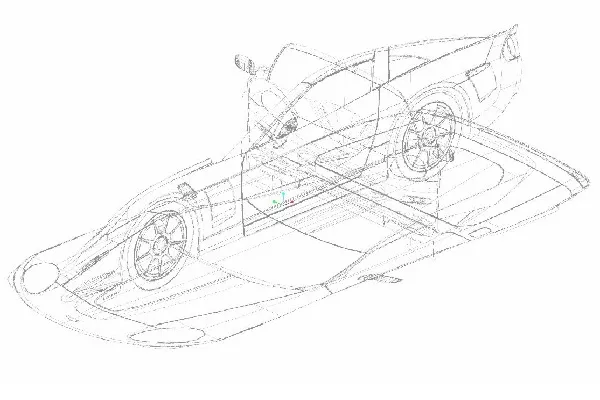
Minimum turning radius
Experienced drivers claim that the minimum turning radius is especially important for city cars because if the turning radius is small, it will be much easier to turn.
3. AUX port
AUX port is the gateway for connecting an external audio device to a car. After connecting, drivers can use the car stereo to listen to music from this device.
With older models, the AUX port is preferred as a method to listen to music from phones and MP3s through car speakers. However, users now have more options with USB, CD or Bluetooth to listen to music.
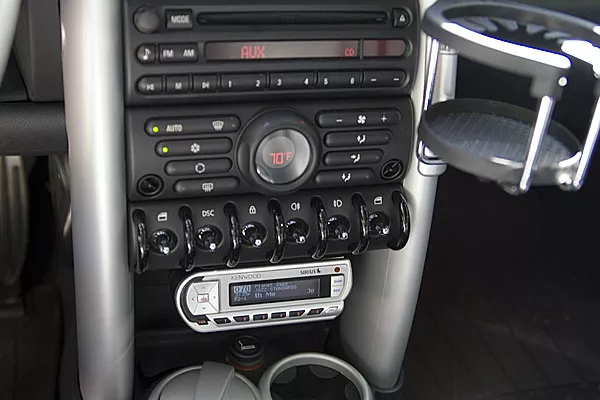
AUX port is the gateway for connecting an external audio device to a car
To use the AUX port, users will need a 2-end cord including one 3.5mm head to plug in the car and the other one depending on the design of the phone or music player. In fact, many users commented that the AUX connection provides a poorer sound quality than CD or USB.
4. Wheelbase
The wheelbase is A (as illustrated) and is measured by the distance between the front and rear axles (also known as the distance between the centers of the front and rear wheels on the same side). Wheelbase (base axis) will determine the structure of the vehicle body, interior cavity or performance.

The wheelbase is A (as illustrated) and is measured by the distance between the front and rear axles
The overall length is D (D = A + B + C).
5. Power steering, hydraulic steering
For turning, the steering wheel is connected to the steering column, connecting to the front steering system through the gear, control arm, and intermediate components. However, if the structure is as simple as that, the rotation force of steering wheel will be very heavy due to the clumsy structure, and the tire's friction will be very large. To overcome this problem, car makers have come up with ways to reduce the burden on drivers by adding extra power, through oil (hydraulic) or electricity (power).
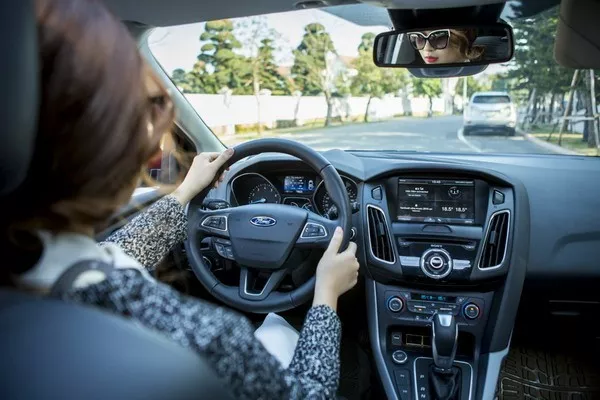
Car makers have come up with ways to reduce the burden on drivers by adding extra power, through oil or electricity
Specifically, the oil-assisted system will use additional cylinders and pistons to hold the oil. As you rotate the steering wheel, it will push the piston to the sides and thereby push the wheel in the direction required.
The electric auxiliary system will use an electric motor and receive data through the torque sensor from the steering wheel and link it to the ECU to adjust the control arm to make a turn as desired.
6. Drivetrain
Car drivetrain systems are often confused with the car concept of the gearbox. In fact, the gearbox is a mechanism that transmits torque or power from the engine to the drivetrain system and then, the transmission system will distribute it to the wheels.
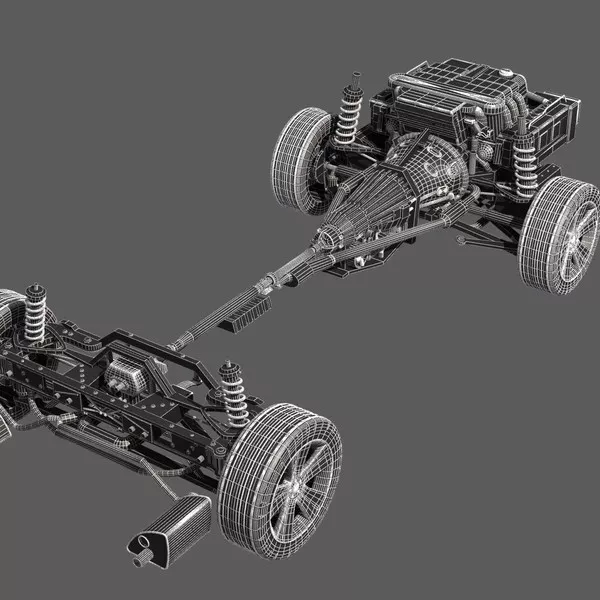
Car drivetrain systems are often confused with the car concept of the gearbox
It is simpler on a motorcycle, as the chain drive will receive torque from the gearbox and then transfer it to the rear wheel and move the bike.
The principle of this operation is similar to that of cars; the power from the secondary gearbox to the drivetrain system with the main structures being the shaft and gear link. For two-wheel drive system (either front or rear), only two wheels receive power and the other two wheels will follow.
If you drive a four-wheel drive, all four wheels get the power and will actively roll. Meanwhile, the drivetrain for a four-wheel drive system will be more complex because of the differential structure or differential lock to distribute the force to the wheels based on the actual conditions.
>>> View more: The ins & outs of car transmission and drivetrain











